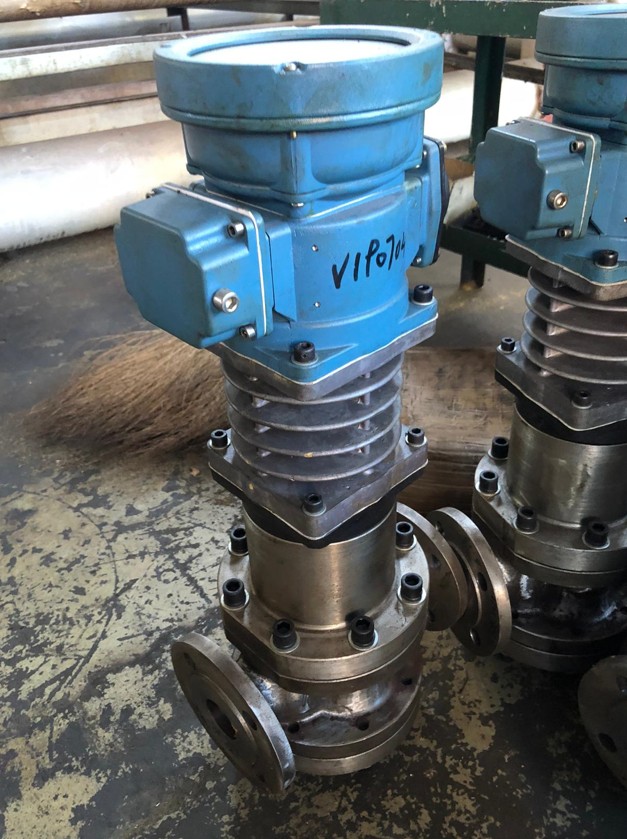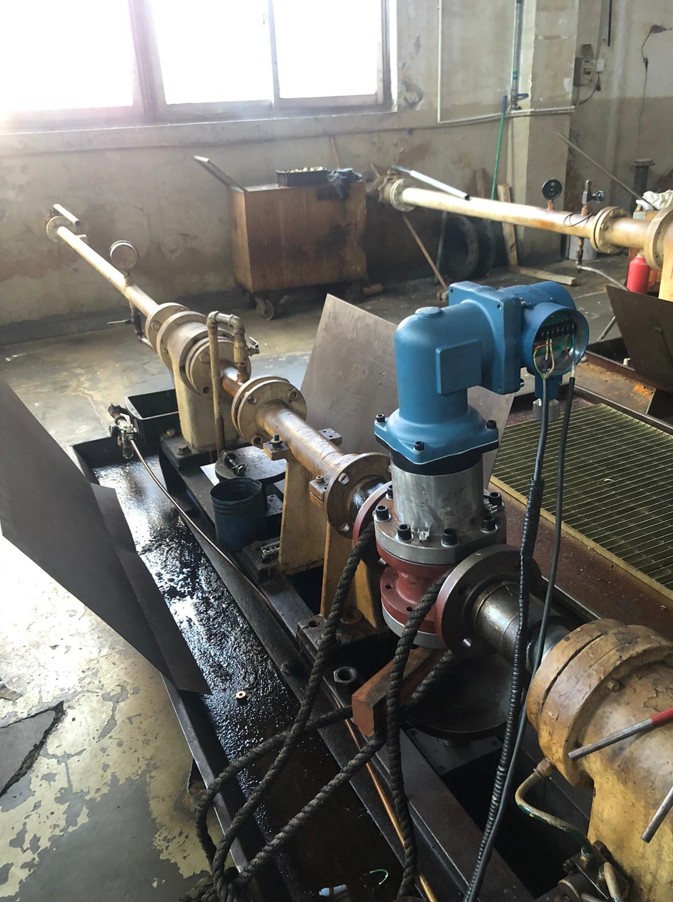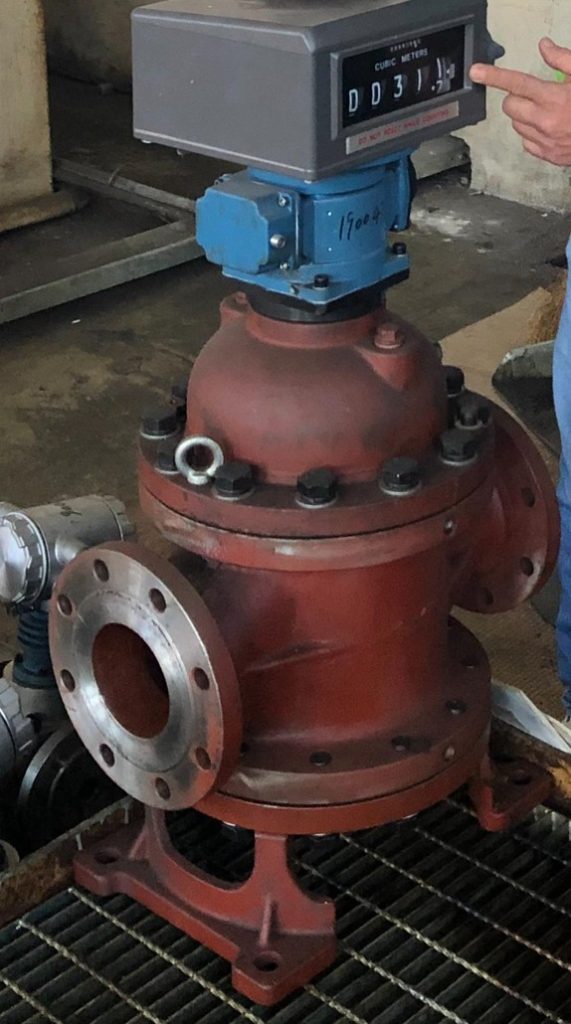Positive-Displacement Flow Meters

These meters can be supplied with different accuracies, even up to ±0.1%. One of the great advantages of our PD meters is the fact that they are not affected by flows which pulsate. In addition, there is no upstream or downstream requirement necessary which is a downfall of other types of flow technologies.
High Temperature Bulk Meters available on request.
Other advantages of. The PD meter is that is does not require an electrical source. Although there is a slight pressure drop, it is normally acceptable since it is not significant.
How PD Meters work?
In our design , two rotors spinning inside a tight cavity where volume fills them and causes a cycle corresponding to a volume of petroleum product.
Since these meters are very accurate they are often suited to applications such as marine vessel (ship ) fuel onloading and offloading, blending, crude oil, diesel, petroleum and other kinds of hydrocarbon metering applications.

Optional Display Registers are Available
One of the most common is the mechanical type with a large 5 digit resettable counter and a 9 digit non-resettable counter. This method ensures that there is no possibility of tampering with the upper total volume counter during a fuel transfer.
Other types of registers are available as options including digital transmitters and pulse outputs to other devices.


One of the other advantages of using well manufactured PD meters is to do with the fact that they are inherently self lubricating. The sealing between the rotors and chamber is actually achieved by the liquid being measured. The “oil” does not seep through but acts as a self lubricator.
Minimizing the difference in clearance between the body chamber and rotor and calibration adjustments enable the PD meters to reach and accuracy of 0.1%
The PD meters are available in different materials including cast steel, SS 304 and SS 316. The most economical versions are manufactured in cast steel.
Our PD Meters can be selected and used in either low or high viscosity applications.

A choice of accuracies from 0.1 – 0.5% are selected according to the application and client requirements














